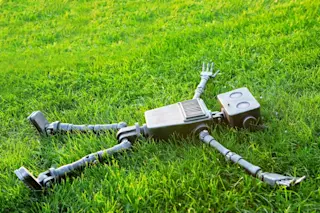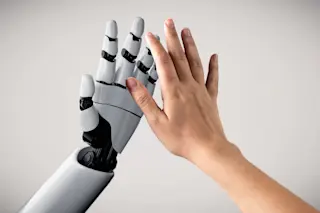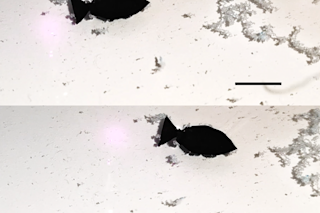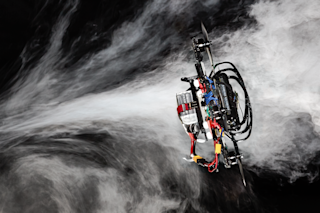No man is an island, and Maja Matari´c thinks no robot should be, either. Matari´c, a Brandeis University computer scientist, believes robots will do their best work only when they begin to work together. How do you get a herd of robots to do something without killing each other? she asks. According to Matari´c, you have to put them in societies and let them learn from one another, just as seagulls and baboons and people do. Matari´c has already made an impressive start at teaching robots social skills. She has gotten 14 robots to cooperate at once--the biggest gaggle of machines ever to socialize.
The Nerd Herd, as Matari´c calls them, are shoe-box-size machines, each of which has four wheels, two tongs to grab things, and a two-way radio. The radio allows them to triangulate their position with respect to two fixed transmitters as they wander around Matari´c’s lab. It ...














